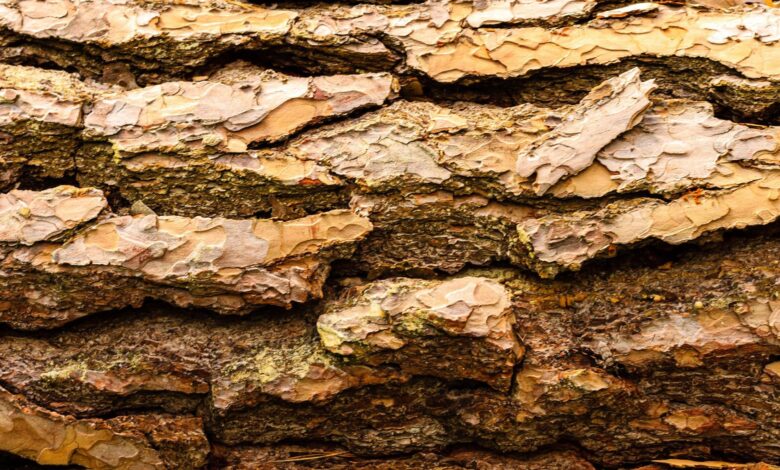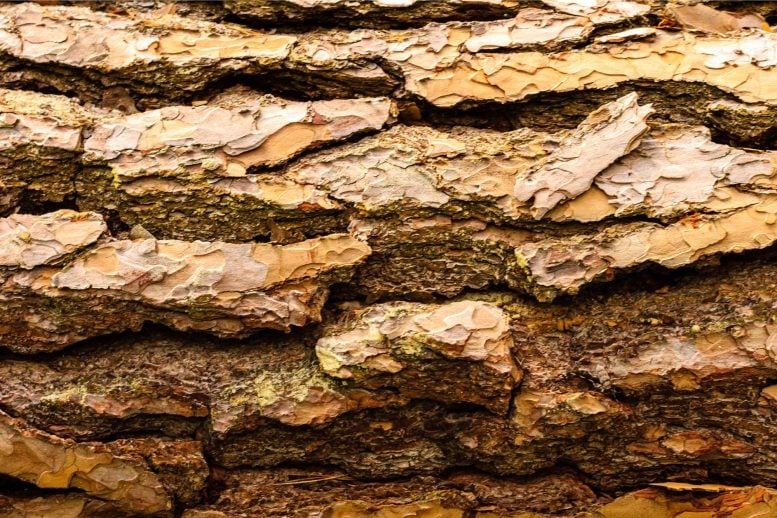Trees Remove Methane From the Air


A University of Birmingham study reveals that tree bark microbes absorb atmospheric methane, enhancing trees’ climate benefit by 10% and identifying them as vital methane sinks, alongside soil.
New research reveals that tree bark microbes absorb significant amounts of methane, increasing the climate benefit of trees by about 10%. This finding underscores the importance of trees in mitigating climate change and supports tree planting and forest conservation as key strategies in global methane reduction efforts.
According to a study published in Nature, tree bark surfaces play an important role in removing methane gas from the atmosphere.
While trees have long been known to benefit climate by removing carbon dioxide from the atmosphere, this new research reveals a surprising additional climate benefit. Microbes hidden within tree bark can absorb methane – a powerful greenhouse gas – from the atmosphere.
An international team of researchers led by the University of Birmingham has shown for the first time that microbes living in the bark or in the wood itself are removing atmospheric methane on a scale equal to or above that of soil. They calculate that this newly discovered process makes trees 10 percent more beneficial for climate overall than previously thought.
Methane’s Impact and Tree Contributions
Methane is responsible for around 30 percent of global warming since pre-industrial times and emissions are currently rising faster than at any point since records began in the 1980s.
Although most methane is removed by processes in the atmosphere, soils are full of bacteria that absorb the gas and break it down for use as energy. Soil had been thought of as the only terrestrial sink for methane, but the researchers now show that trees may be as important, perhaps more so.
Lead researcher on the study, Professor Vincent Gauci of the University of Birmingham, said: “The main ways in which we consider the contribution of trees to the environment is through absorbing carbon dioxide through photosynthesis and storing it as carbon. These results, however, show a remarkable new way in which trees provide a vital climate service.
“The Global Methane Pledge, launched in 2021 at the COP26 climate change summit aims to cut methane emissions by 30 percent by the end of the decade. Our results suggest that planting more trees, and reducing deforestation surely must be important parts of any approach towards this goal.”
Methane Absorption Varies by Forest Type
In the study, the researchers investigated upland tropical, temperate, and boreal forest trees. Specifically, they took measurements spanning tropical forests in the Amazon and Panama; temperate broadleaf trees in Wytham Woods, in Oxfordshire, UK; and boreal coniferous forest in Sweden. The methane absorption was strongest in the tropical forests, probably because microbes thrive in the warm wet conditions found there. On average the newly discovered methane absorption adds around 10% to the climate benefit that temperate and tropical trees provide.
By studying methane exchange between the atmosphere and the tree bark at multiple heights, they were able to show that while at soil level the trees were likely to emit a small amount of methane, from a couple of meters up the direction of exchange switches and methane from the atmosphere is consumed.
In addition, the team used laser scanning methods to quantify the overall global forest tree bark surface area, with preliminary calculations indicating that the total global contribution of trees is between 24.6-49.9 Tg (millions of tonnes) of methane. This fills a big gap in understanding the global sources and sinks of methane.
The tree shape analysis also shows that if all the bark of all the trees of the world were laid flat, the area would be equal to the Earth’s land surface. “Tree woody surfaces add a third dimension to the way life on Earth interacts with the atmosphere, and this third dimension is teeming with life, and with surprises”, said co-author Yadvinder Malhi of the University of Oxford.
Professor Gauci and colleagues at Birmingham are now planning a new research program to find out if deforestation has led to increased atmospheric methane concentrations. They also aim to understand more about the microbes themselves, the mechanisms used to take up the methane and will investigate if this atmospheric methane removal by trees can be enhanced.
Reference: “Global atmospheric methane uptake by upland tree woody surfaces” by Vincent Gauci, Sunitha Rao Pangala, Alexander Shenkin, Josep Barba, David Bastviken, Viviane Figueiredo, Carla Gomez, Alex Enrich-Prast, Emma Sayer, Tainá Stauffer, Bertie Welch, Dafydd Elias, Niall McNamara, Myles Allen and Yadvinder Malhi, 24 July 2024, Nature.
DOI: 10.1038/s41586-024-07592-w



